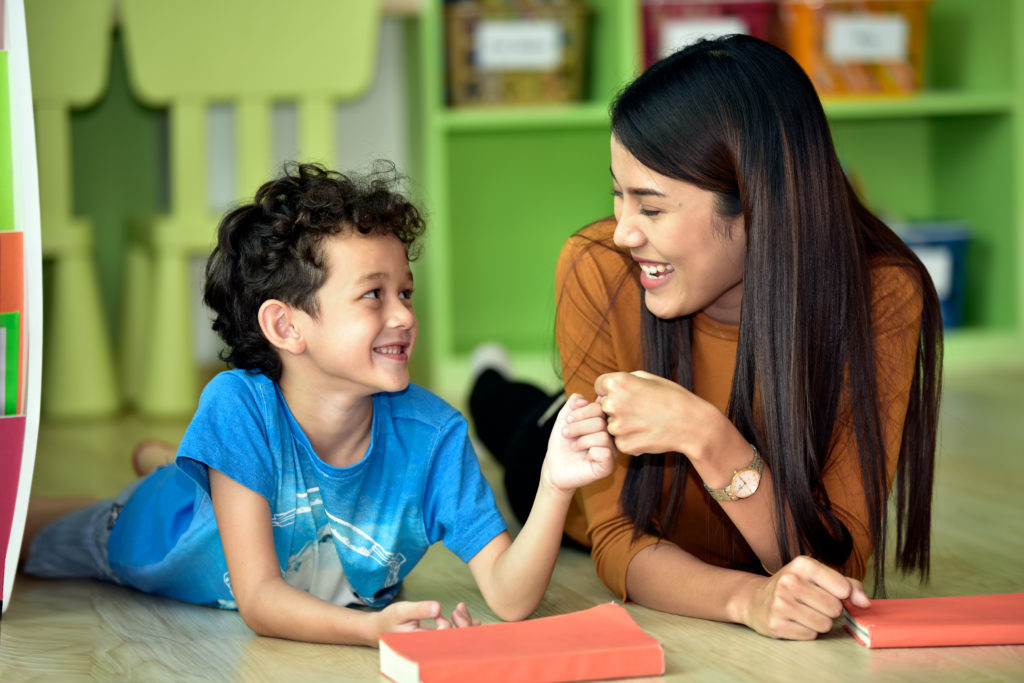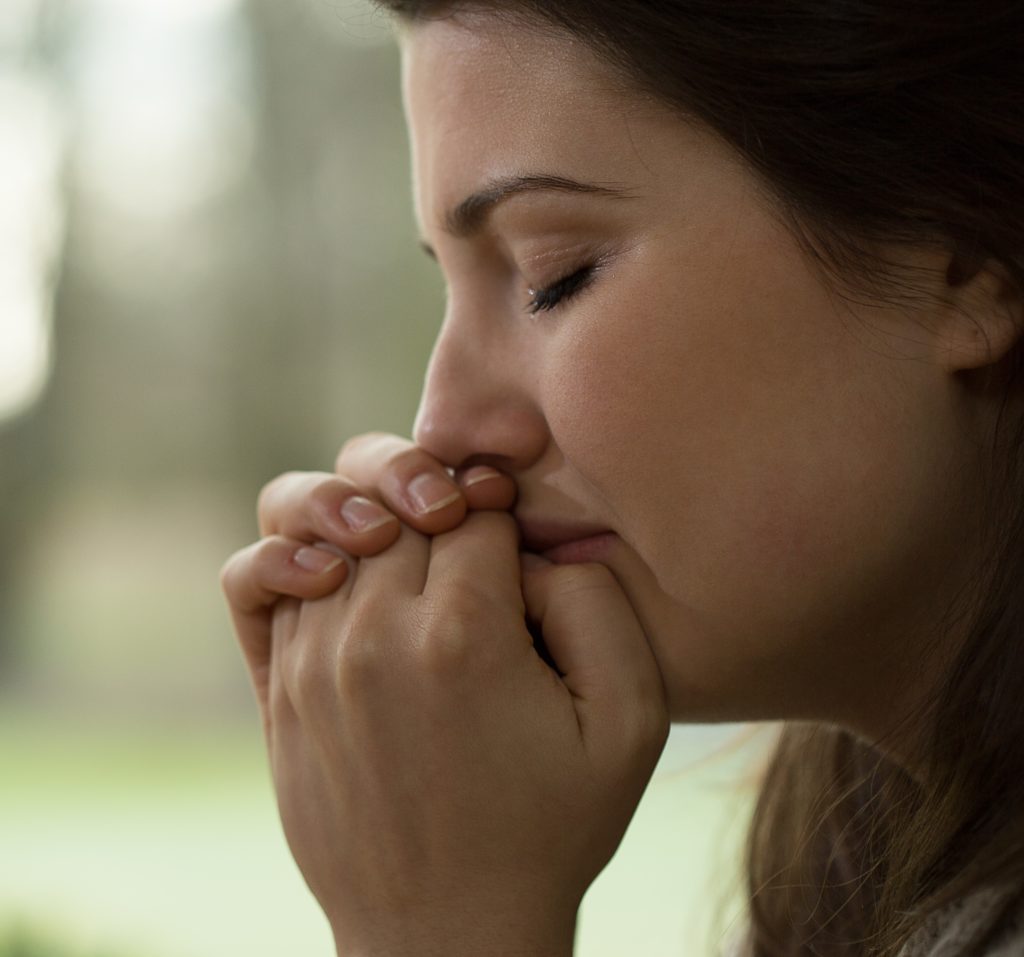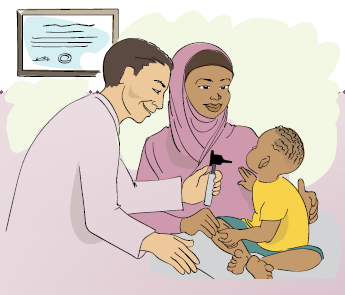COVID-19: Now is the Time to Document Your Family’s Story
 Now is the time to document the unprecedented events occurring in the world today from your children’s perspectives.
Now is the time to document the unprecedented events occurring in the world today from your children’s perspectives.
Create a family story, including bits and pieces from the news, and how your family has adjusted to the new normal. Have a discussion with your children about the school and program closures, quarantines, and social distancing.
Record their feelings of anxiety, disappointment, and frustration. Also, try to focus on the positive or “bright spots” such as family bonding and togetherness.
Your children should be the ones to illustrate the story.
In addition to focusing on the current state of affairs, add stories about your special family activities. Make a piñata, puppy puppets, or tie-dye T-shirts together.
Try going on a treasure hunt in the house or in the backyard. Start by gathering special family treasures such as handmade pieces from grandma and grandpa or family jewels such as a brooch or pearls. Then write down the clues by adding special notes about where each item came from, why it’s special or unique, and how your children will be responsible for passing the item down to their children one day. Play old fashion board games and put a puzzle together. Add each daily conversation, an act of kindness, activity, and adventure to your family story.
 But as with any story, there’s good and bad. Document the family members, friends, or colleagues who, unfortunately, lost the battle to this pandemic as well as the survivors.
But as with any story, there’s good and bad. Document the family members, friends, or colleagues who, unfortunately, lost the battle to this pandemic as well as the survivors.
You will need to help your child in expressing their feelings of grief and sadness.
For help with this particular conversation, try using resources such as The Children’s Mental Health Matters Campaign, the National Traumatic Child Stress Network, or Zero to Three.
Meet with your family to decide what to call your family story. When the pandemic ends, you can type the story or leave it handwritten. Then, print and bind it for posterity. There are several ways to bind your family story.
If you want to do it yourself, do an online search for DYI Book Binding instructions such as The Simplest Way of DIY Book Binding or How to Bind a Photo Book for Any Occasion. It can be printed full size, bound with a comb, or placed in a thin folder. You can staple it together or sew it together. The pages can be half-size and folded down the middle, stapled, or sewn with a machine using a fairly long stitch. For your first and last page, you can use a piece of wallpaper or cardboard cut from a cereal box. If you want a more professional look, many office stores will bind your book for you.
Save your book presentation for a special occasion or holiday. Wrap it up nicely and present it to your children to open. Read your family story aloud together often as a reminder of how your family survived COVID-19. When they become adults, your children can read your family story to their children.




